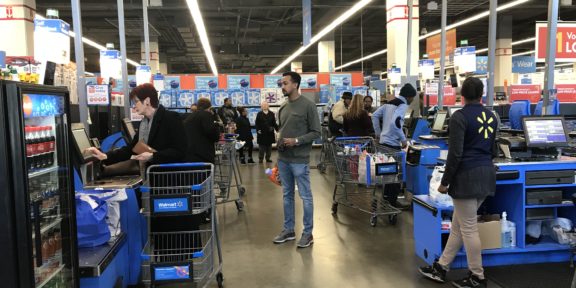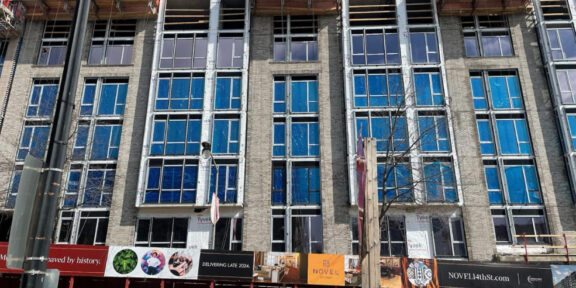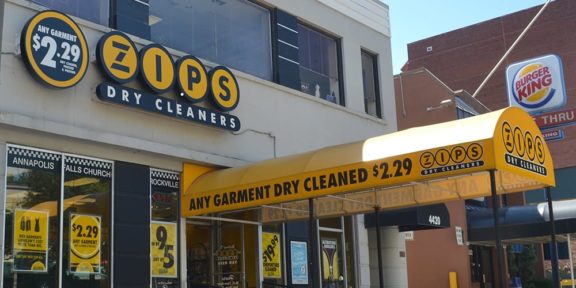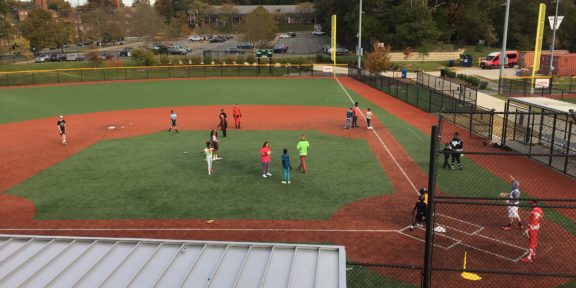By Tiasia Saunders
There is an abundance of tobacco and liquor stores located in predominantly minority, low-income neighborhoods in the DMV area, contributing to generational poverty and the racial wealth gap.
In addition, this causes an increase in public health issues ranging from domestic violence and sexual assault. Alcohol consumption can lead to a rise in petty crimes as well.
“I think that the liquor stores being placed in minority communities help out with business revenue,” Melanie Martin, a senior political science major from Arlington, VA, said. I believe that these liquor stores act meticulously in placing their stores in areas where the demographics are of low-income people because they know that they are most likely to continue purchasing.”
Low-income parents who excessively drink introduce negative behavior to their children. It can lead these children to become dependent on alcohol, have a lower socioeconomic status, and have difficulty forming interpersonal relationships.
According to a Johns Hopkins report, “Past studies have further suggested that such drinking behaviors in low-income.”
Black communities also distort black youths’ perceptions of what constitutes an appropriate level of alcohol consumption.”
People with higher incomes tend to drink in moderation, while their low-income counterparts tend to abuse alcohol, searching for an escape from their poverty. In addition, genetics can also contribute to a person’s alcohol consumption, especially those raised in low-income areas with alcoholic parents.
“I grew up watching my father drink [and] have seen firsthand what it can do to familial relationships and how it can interfere with me since I am of drinking age now,” recounts Shaniyah Miller, an alumna of Howard. “Now, I pay attention to how much I drink and try to only drink when I’m going out,” Miller said.
According to the Centers for Disease Control and Prevention, strategies for reducing alcohol consumption lie in regulating the alcohol outlet density in low-income neighborhoods. It’s reported that increasing alcohol taxes and limiting sale hours for liquor stores could assist with decreasing alcohol consumption in low-income areas.
“I do believe systemic racism is the larger part of the reason why there are a lot of liquor stores in Black neighborhoods. My store has been here for about five years, and most of my customers are of a minority race,” William Gunter, a Temple Hills liquor store owner, said.
To combat this, I limited my hours of business, closed on Sundays, and made sure I checked every ID to ensure I was not selling to minors and causing a bigger issue,” he continued.
There should be more drug abuse awareness courses implemented in school programs.














